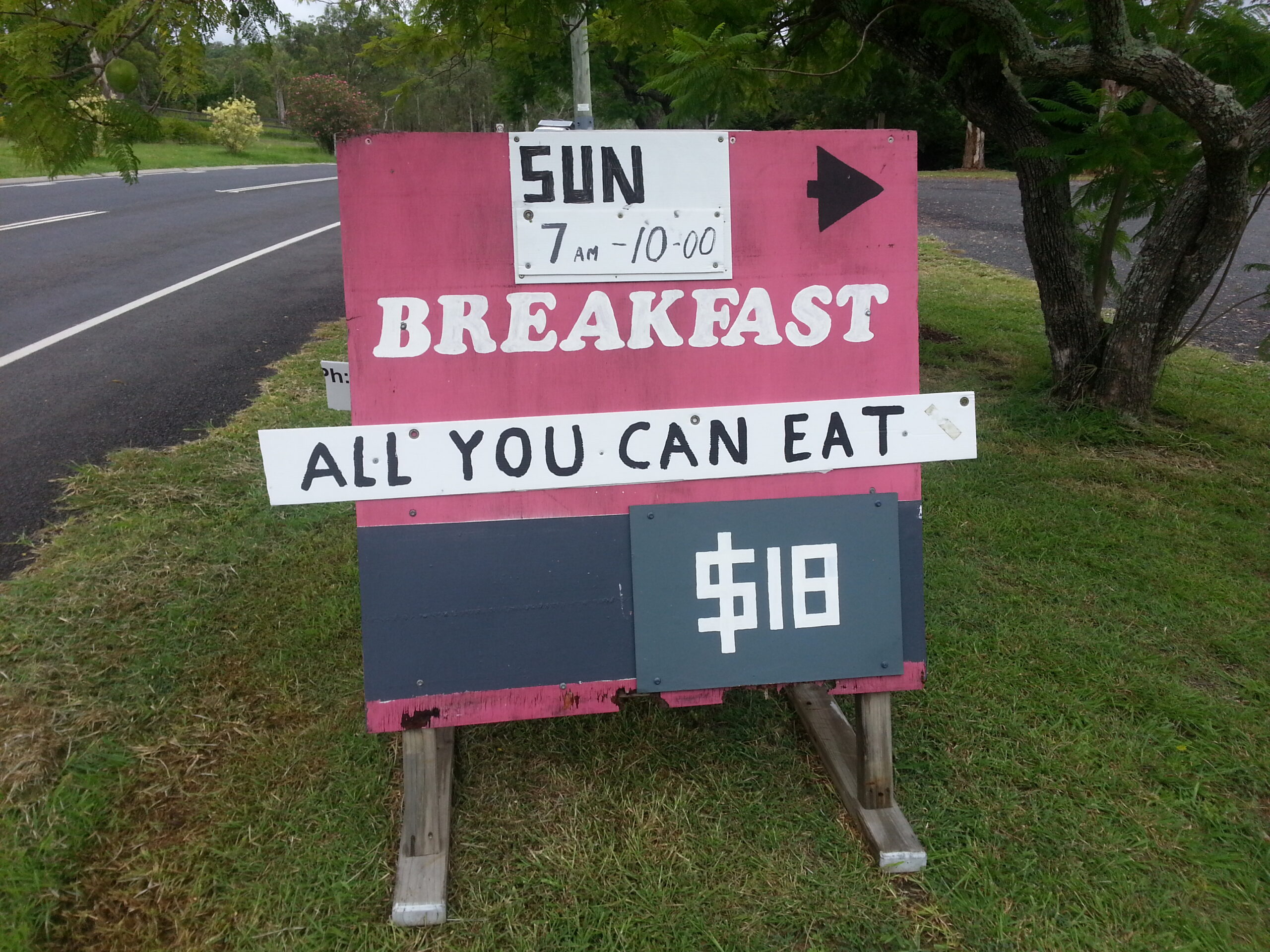It was World Diabetes Day on November 14. Managing our blood sugar is one of the fundamentals of ageing well.
That’s because uncontrolled blood sugar isn’t just about diabetes, though diabetes alone is a big enough reason to avoid it.
High blood sugar also boosts our risk of diseases such as cardiovascular disease, kidney disease, fatty liver, a range of cancers, and Alzheimer’s (which has been called diabetes of the brain).
I’m focusing here on type 2 diabetes because it’s the most widespread and because age increases our chances of it.
You might be aware of how it comes about, but in a nutshell, it’s like this:
- We eat carbohydrates (sweet and starchy foods) which our bodies break down into glucose in our gut and release into our bloodstream.
- Insulin is produced by the pancreas to move the glucose into our cells to be used as fuel. What’s left over can be stored in the liver or the muscles for later.
- But if our blood glucose is high for a long time, and the pancreas keeps secreting insulin to try to deal with it, there comes a time when the cells can’t take any more glucose, and they stop responding to the insulin (i.e. they become ‘insulin resistant’).
- Eventually, the pancreas gets exhausted. It can’t keep producing enough insulin, and our blood sugar stays high.
- Long-term, this is linked with damage to our organs and tissues, including our eyes, nerves, and blood vessels.
In summary, the problem is too much glucose that our bodies can’t handle.
How do we avoid that happening? Four tips.
1. Be selective about carbs and focus your meals more on protein, fibre (especially from vegies) and healthy fat.
This means limiting sugar and starch. The best way to do that is to leave most of what’s in our supermarkets on the shelves. Processed food is a killer. Literally.
And although our national dietary guidelines emphasise grains, too much of them isn’t healthy. Wholegrain foods might have more fibre, but they still break down into glucose.
So while most young, fit people can deal with sweet and starchy foods, older people need to be more discriminating.
After I’d written about blood sugar a year or so ago, someone said to me, “I have two slices of good sourdough with breakfast, and I can’t see that that’s a problem”.
This woman is late 50s, and a modest, healthy eater. She’s active, slim, and conscientious about pretty much everything. Of course, two pieces of sourdough aren’t a problem for her.
But if she was more sedentary, overweight, with high blood pressure and maybe a family history of a chronic disease, plus a fondness for carbs that extended well beyond her sourdough, it’d be a different story.
If you’re interested in how to eat bread, rice, pasta, and so on, without spiking your blood sugar, follow the work of biochemist Jessie Inchauspé, alias the Glucose Goddess. She’s the author of a book called Glucose Revolution and I’ve written about her work previously here.
Alcohol is in the same basket as grain. It comes down to being selective and not overdoing it.
2. Avoid snacking, grazing and generally over-eating because this keeps our blood sugar raised. (That photo was taken in the town I grew up in. When you see an ‘All You Can Eat’ breakfast sign, keep driving!) Make your main meals nutritious, then give your metabolism a rest.
3. Move. When we’re physically active our muscles help soak up excess blood sugar, reducing insulin levels.
4. An obvious one, but don’t smoke. The chemicals in cigarettes increase insulin resistance.
If you want to learn more, watch the documentary series Michael Mosley made a couple of years ago on diabetes and blood sugar. It was called Australia’s Health Revolution, and it’s on SBS On Demand. He did a good job of showing what’s involved and how it can be challenging.
He was also critical of Diabetes Australia and Dietitians Australia, two organisations you’d expect to demonstrate expertise in this area but don’t.
In fact, although all diabetes organisations around the world agree on how type 2 diabetes occurs, the dietary information on the Diabetes Australia website would lead you to think the problem is saturated fat.
There’s no evidence that saturated fat causes or is linked to diabetes. Or any other disease for that matter.
The tirades against it usually point to products such as commercial biscuits, cakes, chocolate, potato crisps, ice cream, pastries, pies, processed meats, and snack foods as proof that saturated fat is bad for us.
Most of these contain trans fats as well as an overload of carbs and less-than-healthy additives. They’re not good for us, but not because of saturated fat. Olive oil is one of those products that can do no wrong, but if you check the label on your bottle of it you’ll find it contains saturated fat.
Dietary information can be confusing because there are so many competing interests out there. But when it comes to ageing well, concentrate on minimising processed food and managing your glucose, and the rest will largely take care of itself.

